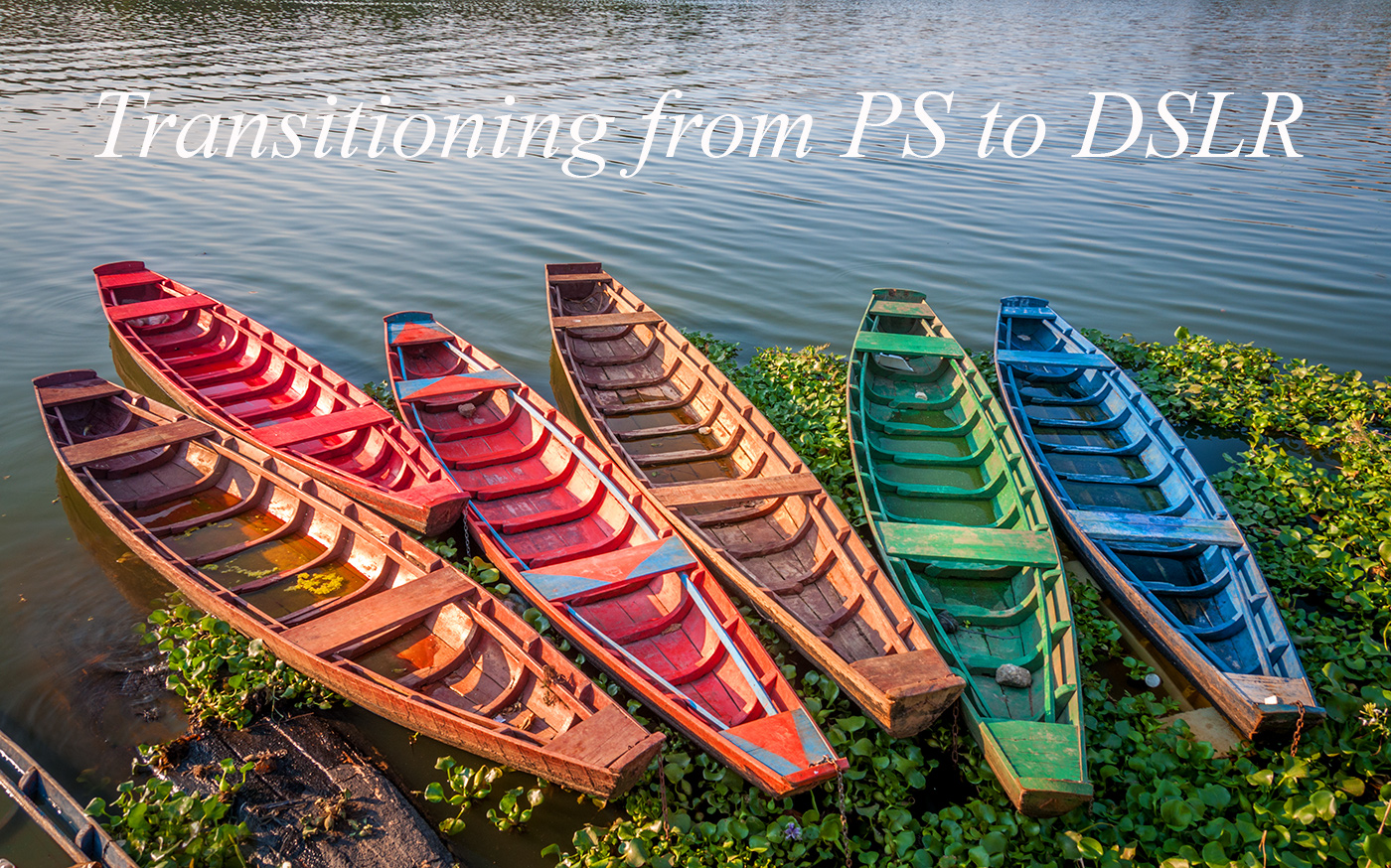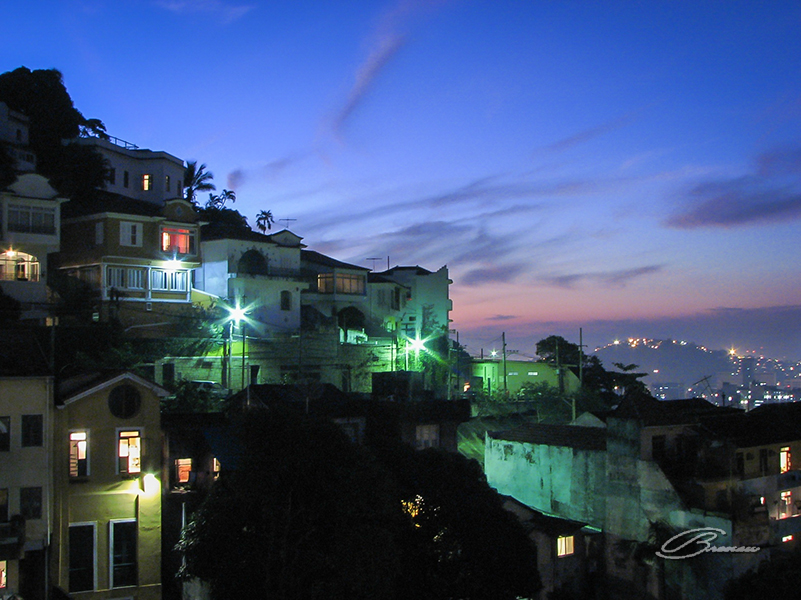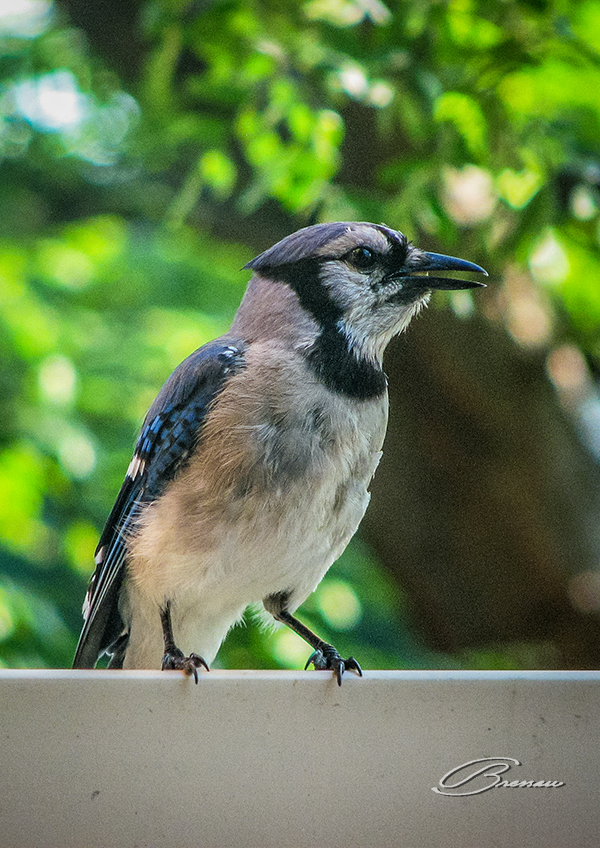Point-and-shoot – the name cannot be more specific and these cameras do exactly that: you just need to point the camera to the desired scene and shoot! Done! You can get a reasonably good picture ready to be downloaded and shown to friends without any concerns about focusing and metering. If there is not enough light, a flash automatically pops up to assist you. Their simplicity and low price make them available to everybody under their various denominations as a regular camera, a cell phone, or a tablet. They are designed to be used mostly in automatic mode for photographers that have little patience or ability to deal with cameras. Ultimately, the goal is the pictures and not the convoluted way they can be obtained.
On the other hand, “Digital Single Lens Reflex” or DSLR cameras are designed to provide a big set of interchangeable lenses, a much better sensor and a rich set of controls that can put professionals at ease for any kind of work.
In the middle of the scale, there is a new category of cameras called “bridge cameras” that bring the compromise between the sophistication of a DSLR and the simplicity of a point-and-shoot although I would categorize them more to the side of a DSLR because of their price and resources.
The Shocking Reality: Buying a DSLR is Not Enough
All considered, DSLR cameras attract a lot, the temptation to move to one is really big and I speak for myself when I finally decided to do it. My first action was to start working in manual mode as I thought at that time “automatic mode and other simpler controls are for point-and-shoot photographers, right?” Barely I remembered that just until a day ago I was one of them.
To this great decision, followed the disappointment as my pictures started to look uglier than ever. To add pain to the disaster, I bought the camera and started shooting right away without even touching the manual just because, as I state a bit further down, “I know how to take pictures.”
I understand that not everybody is as brave as I was but, when it comes to transitioning from a point-and-shoot to a DSLR, there are some steps to be taken aside from the simple act of possessing the new camera; otherwise, a shock wave of differences between cameras will hit your work as the pictures we used to take before do not present the same level of success now. As for me, more pictures were candidates to the trash bin than keepers.
The Suspects at Hand: A Point-and-Shoot Can Take Great Photos
While still with a point-and-shoot camera, I took these two pictures that became my iconic work. They seemed to be so good that I set them as a reference for all the pictures that I took afterward. Overall, they are not bad although taken with careless focusing and shooting controls (that is, automatic mode). In these two cases, the wrong white balance also added some character.
Bottom line, if these two “beautiful” guys were taken with a simple point-and-shoot, why would not a DSLR do a better job under the same conditions? This assumption blinded my practices for quite some time.







No Comments